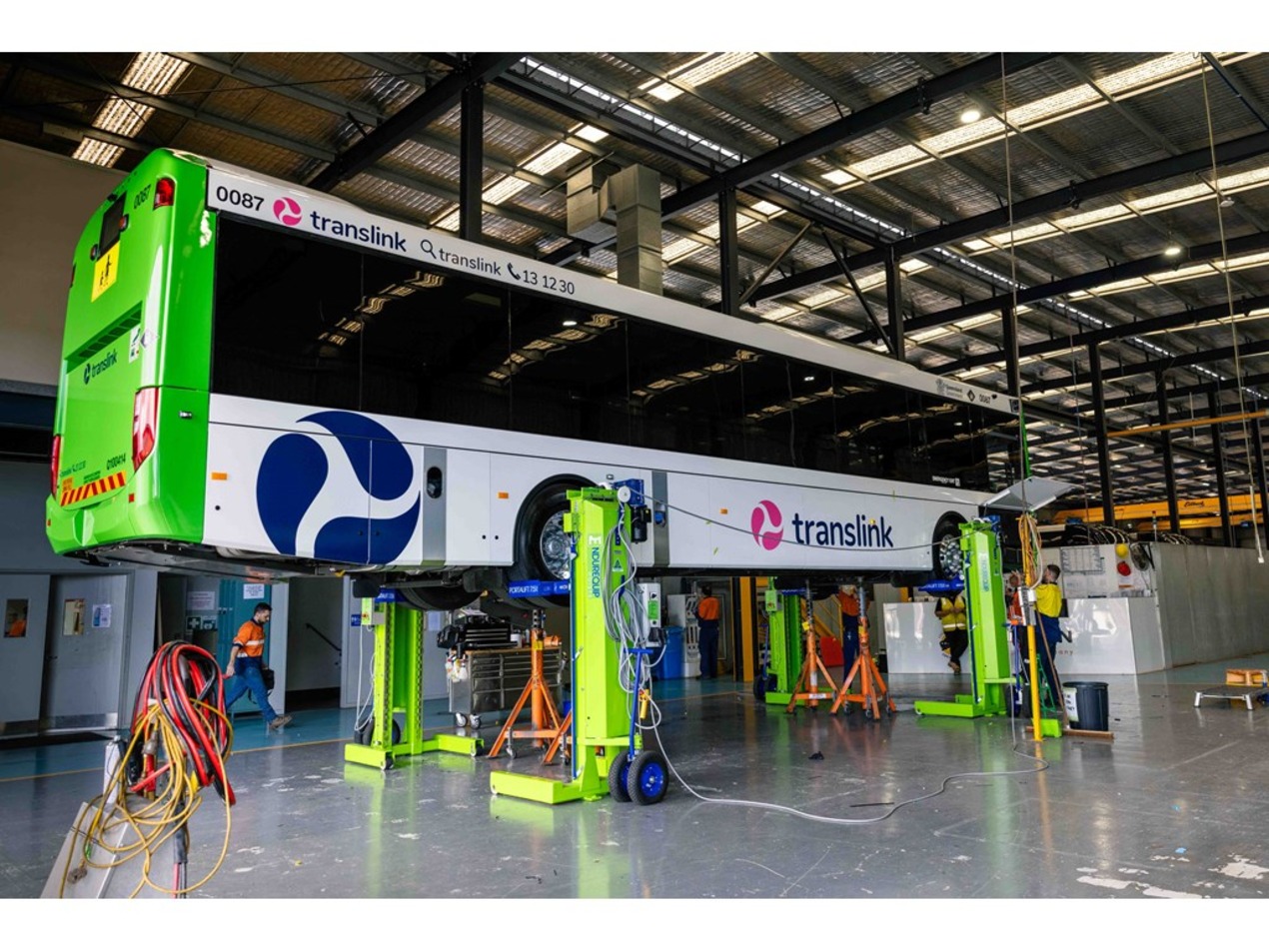
While Australia’s privacy law has made a
good start in encouraging better security hygiene, it may not go far enough to
get all Australian and partner businesses in line.
The privacy act will
pressure most Australian
business to provide information on sensitive data breaches since it mandates
the law on commonwealth government agencies, private sector organisations and relevant
businesses.
Its
one downside is that the penalties are far below those
of many recent privacy mandates. The
Australian maximum penalties of $360,000 for individuals or $1.8 million for
organisations – and breach disclosure applies only to organisations that exceed
$3 million annual turnover. This is a far cry from the European Union General Data Protection
Regulation (EU GDPR) which applies penalties of up to 4 per cent GDP or up to
20 million euros ($A30 million), whichever is higher!
Big fines are not the only incentive to
encourage better security practices, posture and hygiene. Privacy law should
help to encourage breach disclosure, with merit given to those that practise
privacy by design or who embed security into their data policy.
Organisations that can account for their
security systems and take steps to ensure they have the right technologies and
plans in place to ensure and prove protection, can use solutions that help to expose
or protect data, or report on the existing security policy that helps to define
their data processes and hierarchy.
There is value in the approach taken by the
Australian Signals Directorate (ASD) in actively engaging with businesses in
the case of an incident and offering support before, during and after the
mandatory notification that would be triggered under the breach notification
laws. This also promotes the adoption of powerful mitigation techniques while
encouraging businesses to move to a better security posture and transparency in
data privacy and protection policy.
This is why my company choses to align with
the ASD security incident mitigation strategies, as it promotes taking a
positive approach to embedding data security into the business process from the
outset. The ASD also recommends many
essential technologies that can help organisations to automate and accelerate
the mission of implementing better data security.
Finally, security by default can help to shore
up response plans that can be ready in the event of a breach. We have always
aligned with security baselines like the ASD, that help to connect the dots
between the regulation requirements and the security controls. In the case of
bettering one’s incident response plans, practising the ASD security controls
will help to ensure that the proper information is available when the IR
process is conducted. Effectively, compliance with the data security mandate is
already built into the IR process.
Are Australians capable of providing
information on sensitive data breaches?
With the
right security solutions and proper preparation around security policy,
architecture and implementation, such as proactive assessment, and real time
prioritisation of security events, it is possible for organisations to provide
the full scope of a data breach.
But I’m not
convinced they are quite ready to do this. Given the recent string of data and
information breaches worldwide, there is still much to do to ensure breach
discovery and report perfection.
Evidence
from many recent reports on data breach investigations show that most
organisations are not quite to the point of adequate breach intelligence
reporting. According to the Ponemon Institute 2017 Cost of Data Breach
Study
sponsored by IBM, it still takes 214 days to identify a breach root cause, and
another 77 days to contain a breach. These numbers are still much too high to
align well with the current requirements listed in many data protection regulations
that call for 72-hour notification.
Compliance regulation holes
A few
obvious holes exist in the major Australian privacy mandates, such as the
exclusions of companies under $3 million in turnover. That represents a large
proportion of businesses and could account for a significant potential data
loss which would not be publicly disclosed.
The
importance lies in a deficiency in enforcement of the compliance regulations
and security controls. With data exploits and losses in the first half of 2017
topping more than the entire year of 2016, we must ensure alignment with the
security controls recommended in Australia’s compliance regulations. The key is
to ensure that security controls required by compliance regulations are
enforceable and measurable. This has always been a gap in the past, where
security and regulations have never filled the breach.
At least
one security vendor is focusing on directly aligning security technology with
regulations to address this gap.
Choosing
the ASD as a compliance baseline to help target security controls that need to
be in place to protect data is one way that businesses can immediately identify
anomalies in the business process, but assure that they have security data on
hand necessary to prove that the incident was dealt with proactively and that
the security control was enforced as per the data privacy policy of the
business.
New technology is also an incipient threat.
I believe that emerging tech is putting compliance standards at risk. We have
never had a period with more unsupported vulnerable applications and operating
systems globally as we do now. Many of
the recent major exploits, such as WannaCry were successful by preying on
unsupported system vulnerabilities – something that’s unacceptable in this age
of advanced security technology.
Our own technology has always recommended a
defence in depth approach with the proper application control and ironclad
protection on the front end. Just as the ASD mandates application whitelisting
as the #1 mitigation of its essential
eight, we advocate that applying a positive security approach that can
prioritise events in real time. Enforcing the trust policy will lead to
eliminating the risk of vulnerabilities, while automating the process of
identifying potential anomalies that target our systems and data.
Carbon Black recommends a defence in depth
approach with the proper application control and ironclad protection on the
front end. Just as the ASD mandates application whitelisting as it’s number one
mitigation, we advocate that applying a positive security approach that can
prioritise events in real time while enforcing the trust policy will lead to
eliminating the risk of vulnerabilities, while automating the process of
identifying potential anomalies that target systems and data.
News emerged recently
that the ASD utilises Carbon Black technology among its own data security
strategies.




















